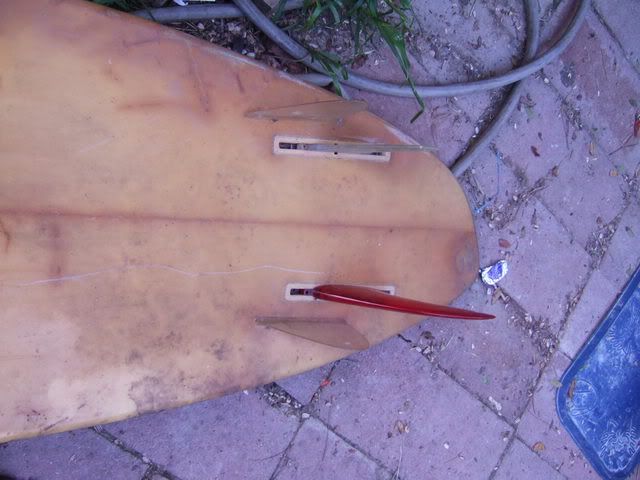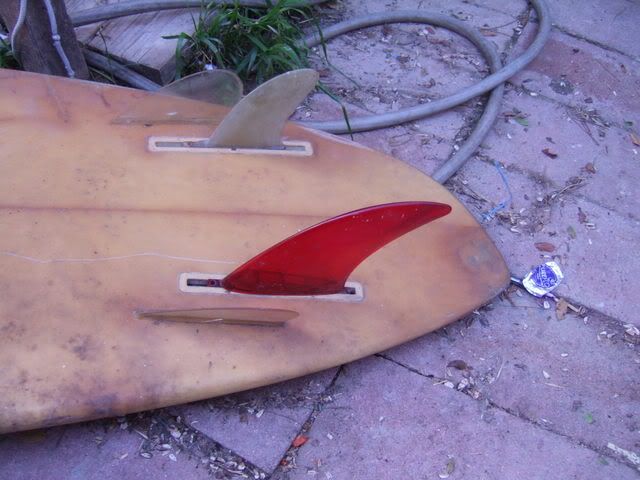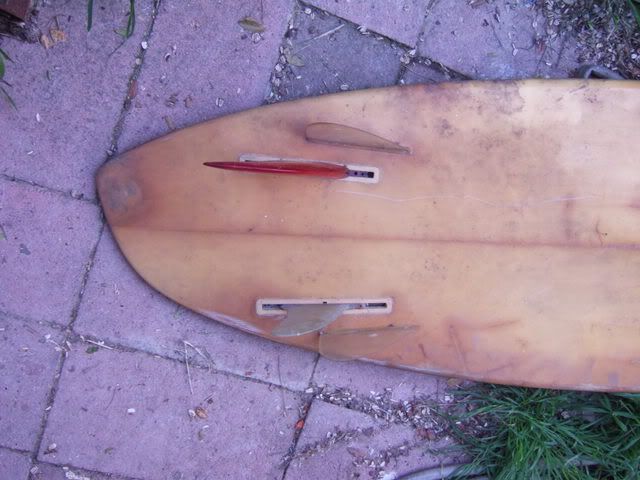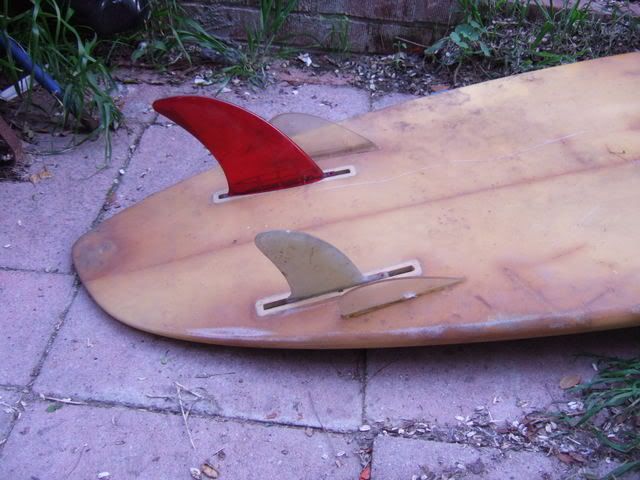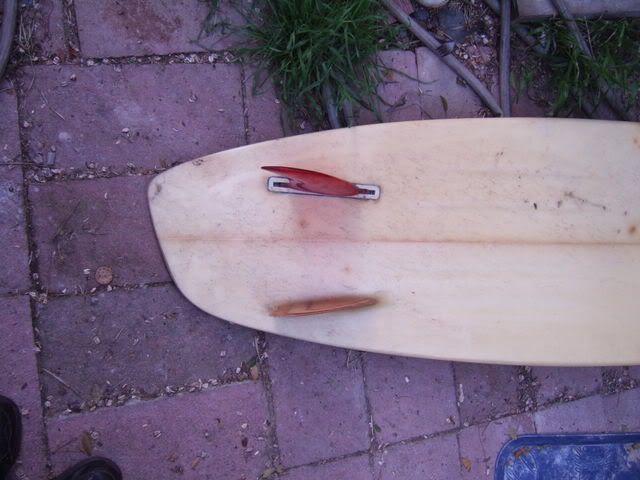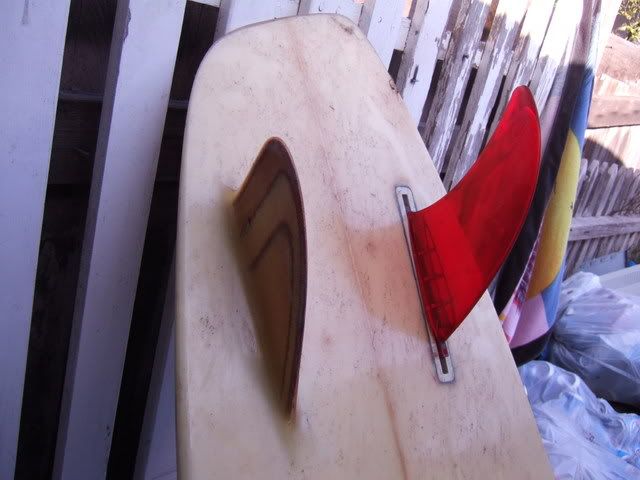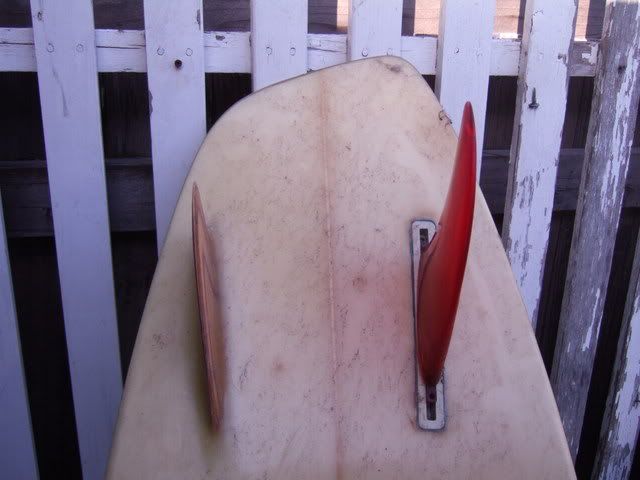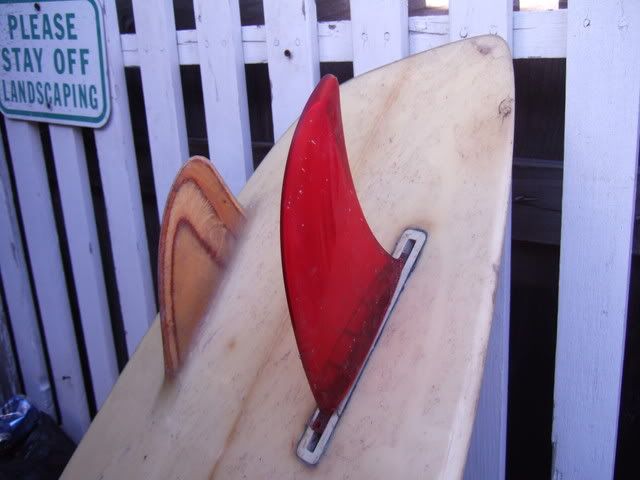I’m having a hard time finding much information online about asymmetric boards. I know they’ve been around since the 1960’s, but there is very limited information about the tests that have been done, and the results. There is plenty about asymmetric tail shapes (for surfing point breaks, where the idea is to make the board asymmetric so that it’s optimized for surfing on one rail down the line, but there is no information online that I can find about boards designed to ride normal waves in normal conditions.
The premise is this: As much as you’d like to weight, drive your board equally on your toe side as your heal side, you can’t. Your body does not bend the same way. Heel side you loose the flex/power of the ankle flex. Your ass drops in a different position, hips and upper body is different. To boot, your front foot is (almost always) pointed somewhat forward, putting your toes 2" to 3" further forward relative to your heel from the tail of the board.
So in theory, in order to make the board handle the SAME on the heelside turn as it does on a toeside turn, the board would have to be asymmetric in order compensate for our bodies not flexing/powering the same, to be have the same ride. This was the premise used to design the asymmetric race snowboards. As snowboards got narrower, so the degree of asymmetry offset was reduced until it became negligeable and commercially unviable in a shrinking market requiring 2x the number of board models (goofy/regular). But the theory remains sound.
So, in theory, to make a board handle the same on both turns, you need to move the hip and foil back on the heelside, shorten the rail length overall on the heelside, and give it more curve overall. The rail should also be slightly less boxy. The distance between the center fin and the side fin on heelside slightly less than on the toe side.
This is my theory, but I’d love to have a discussion about this. Some might disagree all together with the concept of the asymmetric board delivering a symmetric ride. Others may agree with the concept, but disagree with what should be done. Of course some of this may just be pure theory, but if there are folks who have also tried this, and their experiences, I’d love to hear it.
it just seems logic to me (not from a commercial viewpoint) that given we are asymmetric in flex/power/weight/position in our bodies, that a board should be asymmetric to compensate for this to deliver a symmetric ride.
Love to hear your thoughts.
Corran



